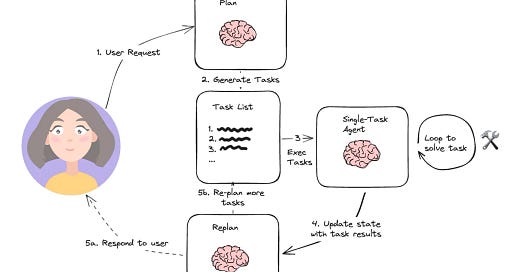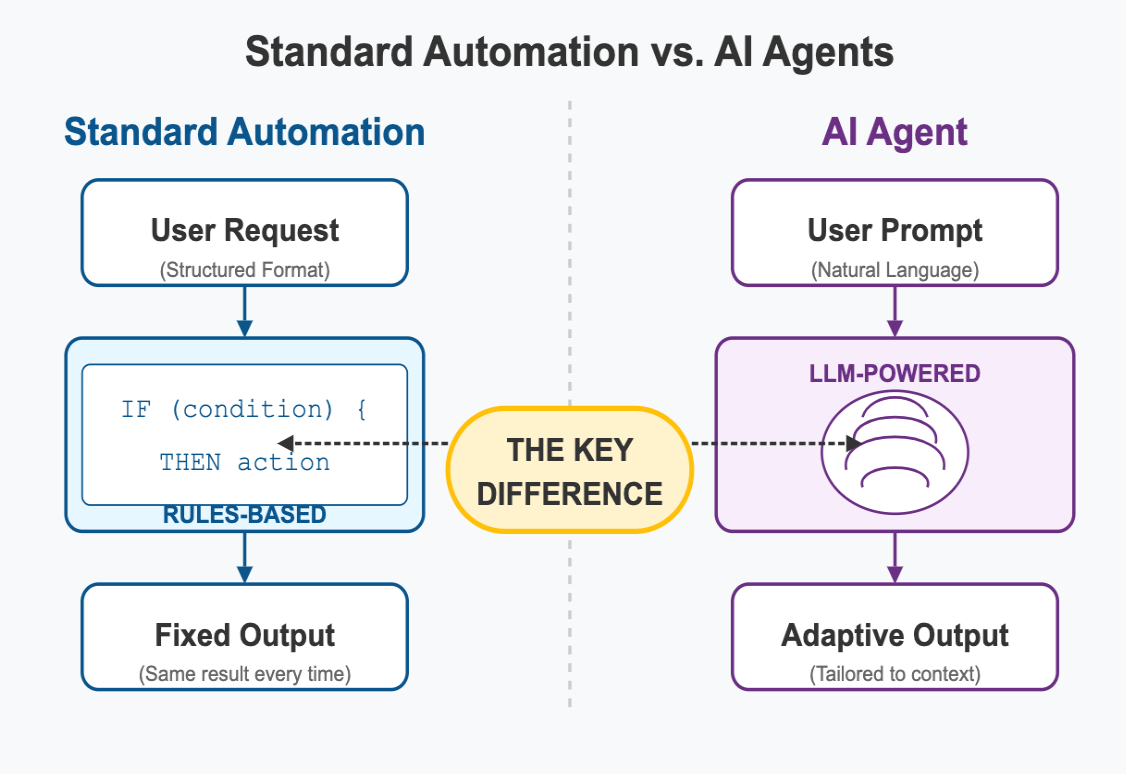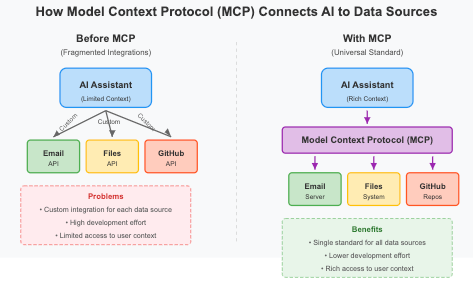
The Great Rewiring (Part II)-Why AI Agents Are Now Ready for Business
Part 2 of 3: The Four Breakthroughs Making AI Agents Business-Ready
In Part I, we explored how businesses that simply add AI to existing processes miss the real opportunity — just like 19th Century factory owners who merely swapped steam engines for electric motors. The real winners were those who reimagined their factory layouts and processes around electricity's unique capabilities.
Today's AI agents present a similar inflection point. But what exactly makes these agents different from previous automation tools, and what technological breakthroughs are making them practical for business right now?
What Makes AI Agents Different?
Traditional automation follows a simple formula: if X happens, do Y. These systems can only handle situations they've been specifically programmed for.
AI agents bring something fundamentally different:
They understand natural language instructions (even ambiguous ones)
They can make judgment calls with incomplete information
They adapt to new situations without reprogramming
They can now connect multiple systems and data sources
As Anthropic puts it:
an agent is "a system that performs tasks or makes decisions on behalf of users" — with the key difference being that it uses "information, makes decisions, and acts on its own to accomplish tasks."
The real power emerges when multiple specialized agents work together in "agentic workflows" — coordinated systems where each agent handles different aspects of a complex task, similar to how human teams collaborate but with better coordination and memory.
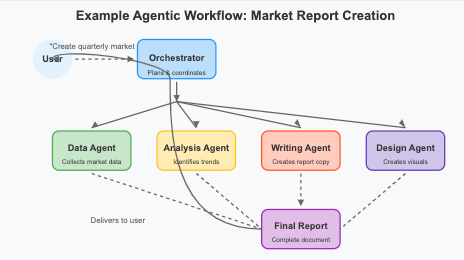
What Type of Work Can They Do?
Agents aren't just theoretical. Recent research from Anthropic analyzing millions of Claude conversations shows AI adoption is starting with knowledge workers in mid-to-high wage roles, with the most popular use cases being:
Research Tasks: Gathering, comparing, and synthesizing information from multiple sources
Content Creation: Drafting documents, emails, and presentations that follow specific guidelines
Basic Coding: Writing and debugging software for well-defined problems
Task Automation: Handling structured digital tasks like filling out forms and data entry
Rather than replacing entire roles, AI is being used both to automate routine tasks and enhance human skill on complex ones.
Why Now? Four Technology Breakthroughs
There are four recent innovations that are making AI agents practical for business use.
1. AI that can understand and solve problems
Today's systems combine two critical capabilities:
Foundation Models (like GPT-4 and Claude) provide broad understanding of context, language, and concepts
Reasoning capabilities (like OpenAI's o3 and DeepSeek) add step-by-step thinking for complex problem-solving
The newest models, like Claude 3.7 Sonnet, are hybrid reasoning models that can switch between quick responses and deeper analysis when needed.
2. Tools that allow agents to work together as a team
Systems like Microsoft's AutoGen enable the creation and orchestration of specialized AI agents working together. I believe this orchestration capability is what truly transforms AI from a tool into a system that can handle complex workflows end-to-end. It would include:
A lead "Orchestrator" agent plans, delegates work, and synthesizes results, like a project manager
Specialized agents handle specific tasks (web browsing, file management, coding)
Feedback loops allow continual improvement and adjustment when progress stalls
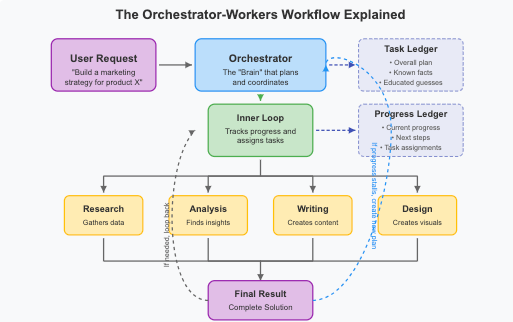
3. Ability to directly control computer systems
To make AI truly useful, agents can't just understand tasks – they need to act on them. Direct computer control makes this possible, allowing AI agents to interact with computers like a human does:
They can see what's on screen
They can control the mouse and keyboard
They can work with virtually any software and dataset you use
Anthropic's Model Context Protocol (MCP) and similar technologies now provide standardized ways for AI to connect securely to your data sources and systems, turning those specialized agents into automated workers capable of carrying out plans from start to finish.
4. Easy to Use Tools for Business People
The final piece that brings the top three together are the tools that let business experts build AI workflows without coding.
Allowing subject matter experts to directly automate the processes they understand best with drag-and-drop tools
Minimizing the “translation layer” between business needs and what technology teams build
Tools like Gumloop lets business people create and automate AI workflows using visual tools, connecting different tasks (like research and writing) without needing to code. This makes it easier for businesses to use AI, allowing them to quickly try new ideas across their organization.
Current Limitations
I want to be realistic, so despite their potential, AI agents still face several challenges:
Reliability Issues: They can produce hallucinations (wrong answers) requiring humans to always double check their work
Understanding Context: They struggle with nuanced instructions
Security: Without proper safeguards, agents might attempt unauthorized actions
Complex Reasoning: They still struggle with multi-step logical deductions
The Path Forward
While these limitations are real, they shouldn't stop you from starting small. The key is choosing the right problems—ones where even imperfect solutions creates value and mistakes aren't catastrophic.
In Part III, we'll move from theory to practice with a framework for identifying high-impact, low-risk opportunities to start building AI agents. You'll learn how to identify the right opportunities and some tools to test agent workflows in your business.

